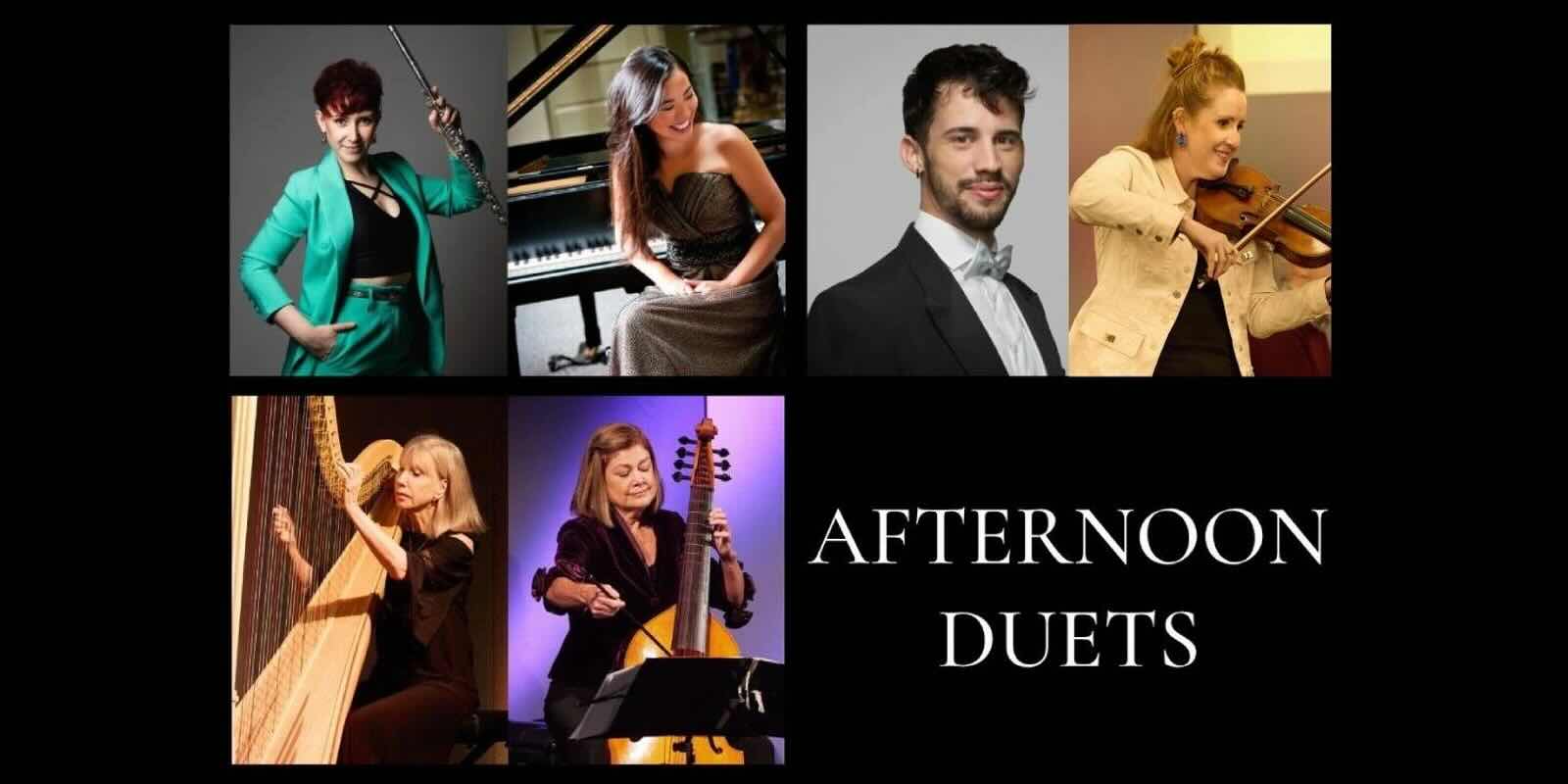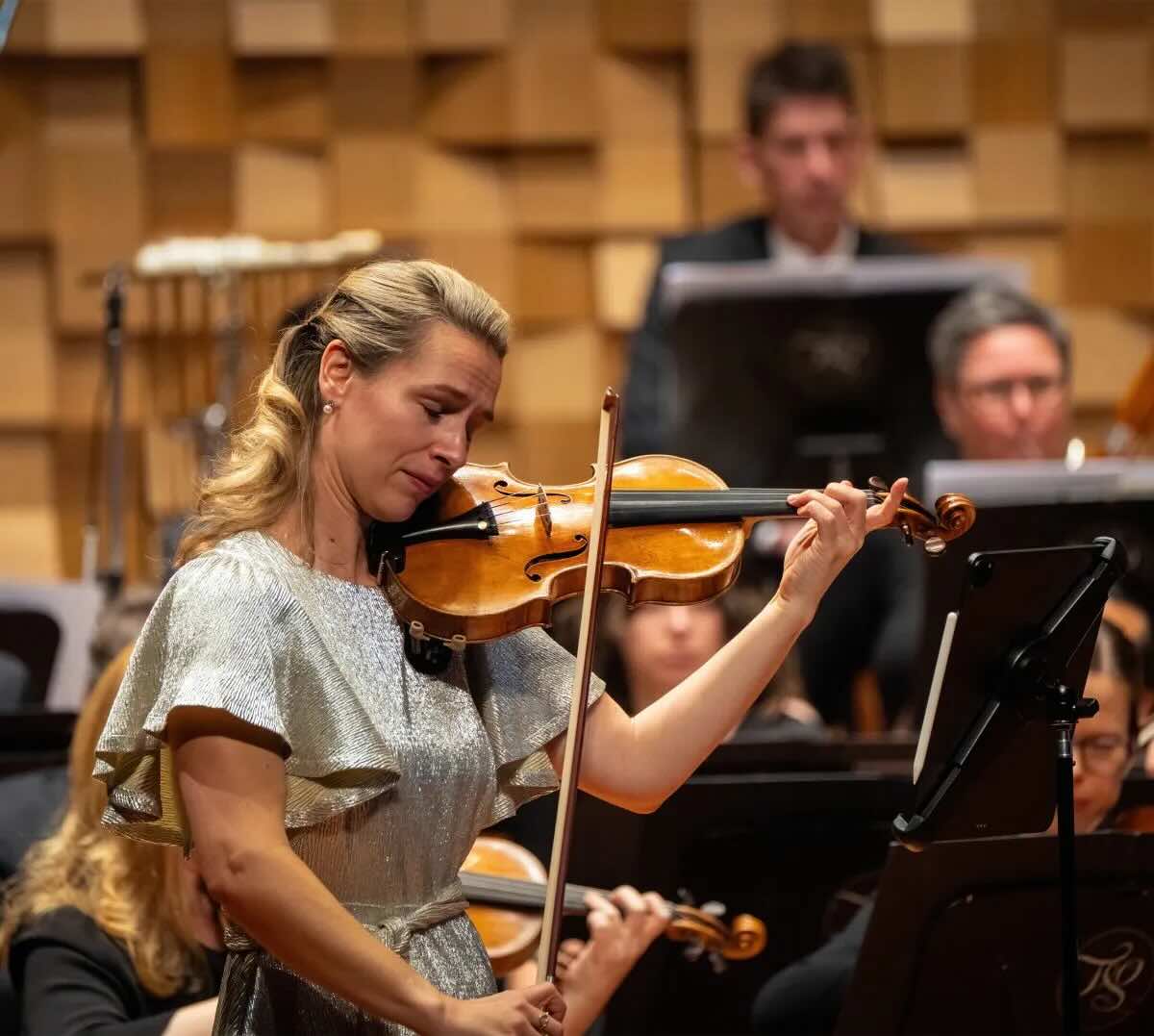Australian Romantic & Classical Orchestra|Illuminate
Bruch, Britten and Tchaikovsky for strings and soprano
Max Bruch (1838-1920), Serenade on Swedish Melodies (1916)
Benjamin Britten (1913-1976), ‘Les Illuminations’ Op.18 (1938)
Pyotr Ilyich Tchaikovsky (1840-1893), The Souvenir de Florence Op.70 (1890)
The Australian Romantic & Classical Orchestra has rapidly been making a prominent and excellent name for itself with superb performances of chamber music and as a full orchestra. The full orchestra is conducted by Rachael Beesley from the violin. This recording showcases the orchestra with strings only and in a new and intriguing light expanding their repertoire into the late 19th and early 20th centuries. These pieces could, however, arguably be described as “romantic” repertoire if one ignored the dates of the Bruch and Britten works and simply listened to their qualities. ‘Illuminate’ includes three works by Bruch, Britten and Tchaikovsky, “painting vivid colours with period string instruments and the visceral emotion of historically informed performance”. Soprano soloist Jacqueline Porter joins them in this live recording at City Recital Hall, Sydney.
To quote Beesley, the musicians of the time “used a faster and narrower vibrato, prominent portamento (sliding between notes) and legato bow strokes. They often modified tempo and rhythm to highlight the intricate rhetorical interplay between the music and ideas.” Exploring early recordings and treatises of the time, Beesley, Porter and the musicians of the Australian Romantic & Classical Orchestra put these late 19th and early 20th century techniques into stunning play in ‘Illuminate’, with the result being an album of fresh creativity and deep emotional colour. There is a current 3 CD offer so now is a good time to buy three of their excellent recordings for $55.00 before Christmas! Try the link https://www.arco.org.au/illuminate and then find the “Christmas CD set” button.
The search for and creation of a definitive performance is one of the aims of any serious musician. While such an aim will always elude one and be subject to various opinions, this recording goes far to provide this quality in the research that has gone into the performance practices of the time. This is not merely an academic recording seeking to throw us headlong into a dictate of Historical Performance Practice (HIP) whether we like it or not, but a performance captured on an album full of emotional energy. The translucence of the orchestra showed consistently in being able to hear all sections of the orchestra clearly, making for a translucence in the harmonies and different layers of the orchestral writing. This was evident in the whole recording and as such is as much a tribute to the recording engineers as well as the performers.
“Captured the intent of the music most marvellously”
The Bruch Serenade has short movements which help to recreate the intimacy of folksong. The writing is clearly late 19th century and lush with rich textures. Even going back to a baroque work to create the march and re-using it to complete the work, doesn’t hide the late 19th century orchestration redolent perhaps of Resphigi and his treatment of baroque themes. The playing in the opening march is crisp and tightly controlled with its setting perhaps reflecting the then view of baroque music. The andante has beautiful contrasts with upper string work in two parts then cellos and bass pizzicato. Continually changing registers and textures, this movement is a luxuriant and delightfully indulgent bit of late romanticism, but never overcomplicated.
The whole serenade never overdoes the treatment of the folk elements in the movements drawing from love songs and dances and the allegro dances between solos and duos and more chordal sections to capture the simplicity of folk music. Yet for all its simplicity there is a lush and indulgent quality about the music. In the andante Bruch again uses pizzicato strings in the background against a rich melodic texture and harmonic writing that frequently uses the hanging quality of interrupted cadences. I could put this movement on repeat simply to experience that quality again and again. The final march is ever so slightly faster than the first time. The orchestra has captured the intent of the music most marvellously.
“Mystical and dreamlike quality”
I wonder if Britten was familiar with the works of Hector Berlioz. This work bears a striking resemblance to the Les Nuit d’Etes by Berlioz and not just because of the French language. The creative orchestration does much to create this impression, but in any case the complete work in all its nine movements shows a young Britten beautifully in control of his orchestral palette. Written in 1938 before turning to new aesthetic ideas subsequent to this work, it is no surprise that there is a strong 19th century element in the orchestration and textures although the later more modern Britten does emerge at times. Later sung by a tenor this version uses the original version with soprano. Porter sings each song in the cycle with strength, nuance and beauty of tone recreating the imagery of the poems in sound. The orchestra also succeeds in enveloping her voice with tone colour and texture together making a unified and magical sound. The programme notes very conveniently provide the French texts and English translations as well as background to each track. The ten poems by Arthur Rimbaud (the third and fourth in one musical track) have a mystical and dreamlike quality with flashes of the light of a cynical realism amidst the allusions to myths and legends.
This work would reward further study with its depth in the music and the poetry. Britten was rightly excited and intrigued upon discovering these texts. With its aspect of 19th century style meeting English early 20th century string writing, this work might turn around listeners who otherwise do not find Britten to their taste. These songs and poems would greatly reward anyone wanting to delve into them and discover their intricacies and delights.
The popular Tchaikovsky Souvenir de Florence is performed here with a string orchestra although originally written for a string sextet one to a part. Whilst the title suggests an Italian influence the work is distinctively Tchaikovsky and draws on Russian folk tunes. The allegro con spirito had the energy and spirit you’d expect from a movement marked thus and had a sense of direction that was never lost with speeds that moved on and tarried a bit in line with the aesthetic of the time which did not value inflexible metronomic speeds throughout.
The exquisite adagio is remarkable for its tenderness and richness that is well matched to a string orchestra’s intensity as so excellently portrayed in this recording. The pizzicato accompaniment to the violin and cello duet sections is a stroke of Tchaikovsky genius.
A pleasing precision of ensemble gave the allegretto moderato great clarity with excellent bowing showcasing the orchestra’s technical ability. Again this movement moved on and relaxed in line with the spirit of the music. It had all the feeling of a playful scherzo.
The allegro con brio e vivace provided energy and excitement capturing the musical intent. This is a live recording including the well-deserved applause from the audience at Angel Place in Sydney in February 2021.
“This will quickly become a favourite recording”
This live recording was an ambitious project undertaken by a fledgling orchestra which started from musicians with a strong chamber music background and experience in HIP in early music and founded by the late Richard Gill its first artistic director. It combines the popular Tchaikovsky work with the unknown and recently published Bruch work (1997) which I can forecast as becoming popular very quickly as it is “discovered” by more people. It also very successfully includes the Britten ‘Les Illuminations’ a work less familiar to many of us and stylistically fitting in with the two outer works. The programme notes are comprehensive and very well written giving an excellent background to the music for those that want to go beyond the excellently performed music on this recording. To quote from the programme, “During the period of Romantic lyricism, musicians were known for their individuality of spirit …. faster and narrower vibrato ….prominent portamento ….. modified tempo and rhythm to highlight the rhetorical interplay…” This recording has been prepared with great care in the research, the performances of the musicians and with excellent sound engineering. The result is a recording of great beauty with all elements tightly controlled whilst allowing the artistry of the whole to speak. I believe this will quickly become a favourite recording for those that take the time to listen to it and explore the rhetorical interplay and ideas. Now, if they’d do Mahler on instruments of the time…


































